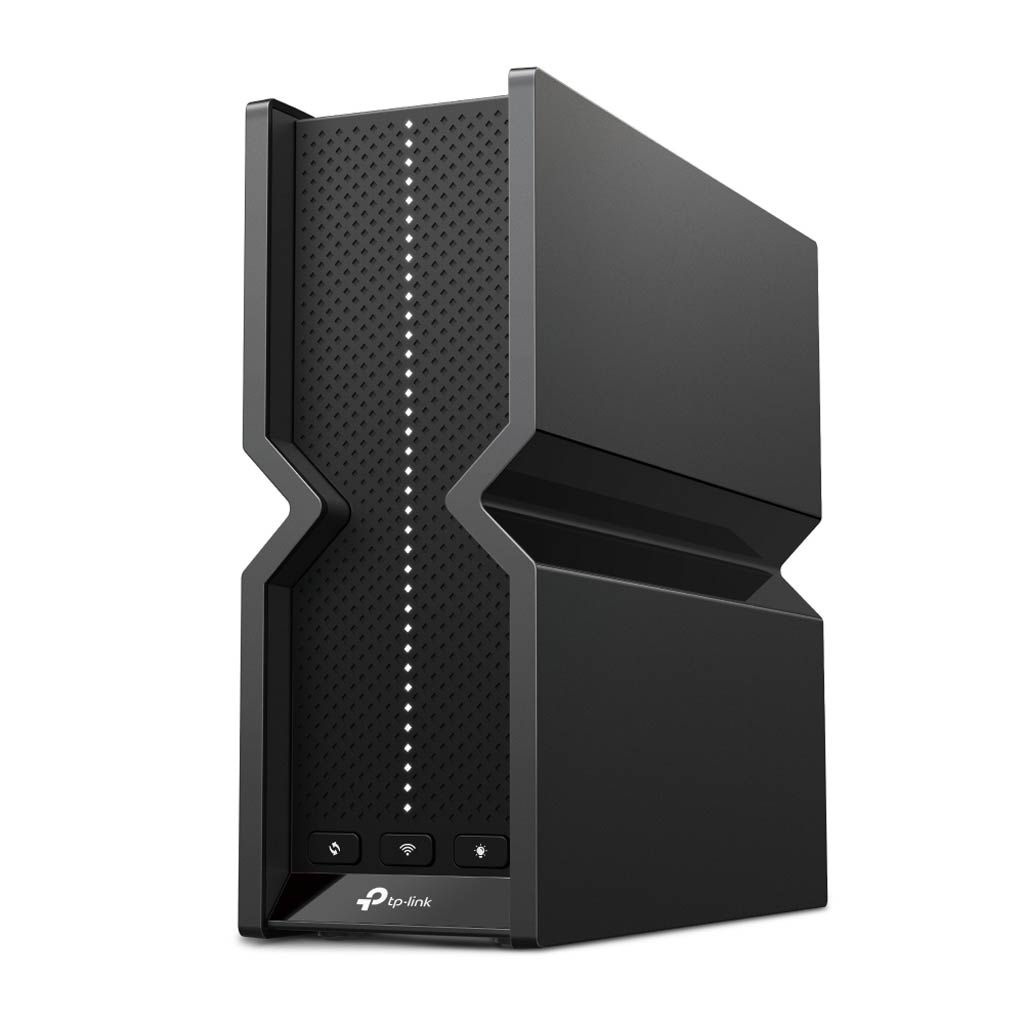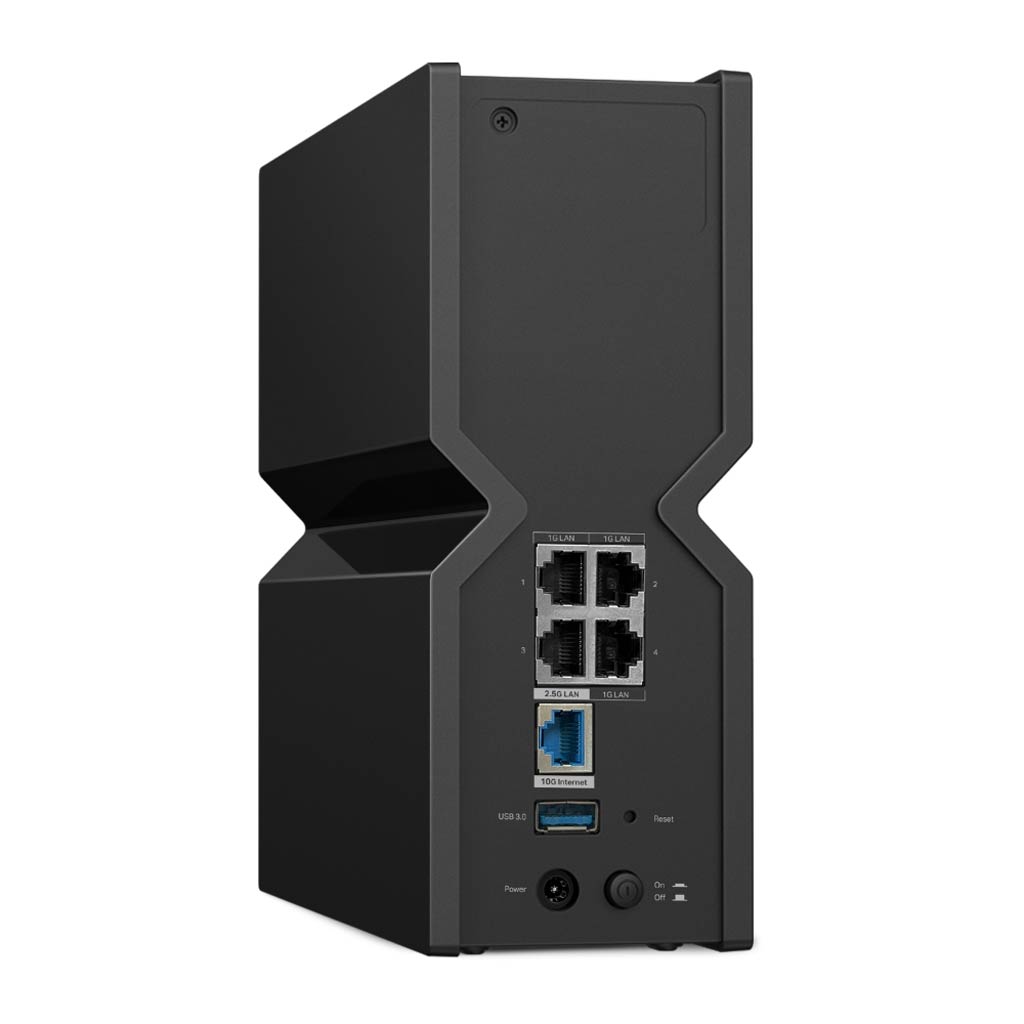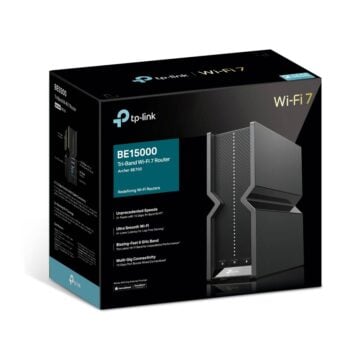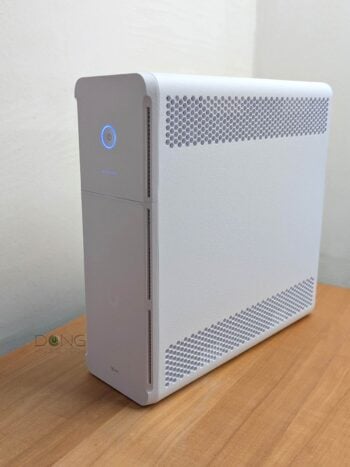The Archer BE700 is another confusing option among TP-Link’s existing soup of Wi-Fi 7 routers. It’s a BE15000 router, which means, according to the way TP-Link has released its hardware, there’s a chance you’ll find an Archer BE15000, which would be the same hardware with a different model name.
In any case, this Archer BE700 is a tier lower than the top-tier Archer BE800 (which is a BE18000 router). This brief quick take, among other things, will let you know the differences between the two and set correct expectations before making the purchase. It will answer many questions I’ve received in the past six months on this particular router, which I’m not going to get for real-world testing.

TP-Link Archer BE700 vs. Archer BE800: Less love for 5GHz and 2.4GHz clients
The Archer BE700 is essentially the same as the Archer BE800. It’s a tri-band router with support for the latest Wi-Fi 7 standard. In fact, the two share the same 6GHz band, and it’s the specs of the other two bands, 5GHz and 2.4GHz, that make the new router an inferior piece of hardware.
In terms of hardware design, the Archer BE700 is smaller than the Archer BE800 and shares the same shape as the Archer BE550 (which is a BE9300 router).
The table below shows the detailed hardware specs of the three.
TP-Link Archer BE700 vs. Archer BE800: Hardware specifications
 |  |  | |
| Model | Archer BE550 | Archer BE700 | Archer BE800 |
| Dimensions | 9.12 x 7.99 x 2.99 in (231.6 x 202.9 x 75.9 mm) | 11.9 × 10.3 × 3.8 in (302 × 262.5 × 96 mm) | |
| Weight | 2.45 lbs (1.11 kg) | 4.78 lbs (2.16 kg) | |
| Processing Power | Undisclosed | ||
| Wi-Fi Bandwidth | Tri-band BE9300 | Tri-band BE15000 | Tri-band BE19000 |
| 1st Band (channel width) | 2×2 2.4GHz AX: Up to 574 Mbps (20/40MHz) | 4×4 2.4GHz BE: Up to 1376Mbps (20/40MHz) | |
| 2nd Band (channel width) | 2×2 5GHz BE: Up to 2880 Mbps (20/40/80/160MHz) | 4×4 5GHz BE: Up to 5760Mbps (20/40/80/160MHz) | |
| 3rd Band (channel width) | 2×2 6GHz BE: Up to 5760Mbps (20/40/80/160/320MHz | 4×4 6GHz BE: Up to 11520Mbps (20/40/80/160/320MHz) | |
| Backward Compatibility | 802.11a/b/g/n/ac/ax/axe Wi-Fi | ||
| Wireless Security | WPA / WPA2 / WPA3 | ||
| Web User Interface | Yes | ||
| Mobile App | TP-Link Tether (optional) | ||
| Operating Roles | Router (default) or Access Point | ||
| Mesh-Ready | Yes (EasyMesh) | ||
| USB Port | 1x USB 3.0 | ||
| Gigabit Port | None | 3 | None |
| Multi-Gig Port | 1x 2.5Gbps WAN 4x 2.5Gbps LAN | 1x 10Gbps WAN 1x 2.5Gbps LAN | 4× 2.5Gbps LAN 1× 10Gbps WAN/LAN 1× 10Gbps SFP+/RJ45 Combo WAN/LAN |
| Link Aggregation | Yes | ||
| Dual-WAN Support | No | ||
| Power Intake | 100-240V | ||
| Power Consumption (per 24 hours) | ≈ 310 Wh (as tested) | not tested | ≈ 565 Wh (as tested) |
| Release Date | October 2023 | November, 2024 | May 2023 |
| Firmware (at review) | 1.0.7 Build 20240119 | not reviewed | 1.0.2 Build 20230509 |
| US Launch Price (Check street prices!) | $299.99 | $399.99 | $599.99 |

The single 10Gbps port pain
As shown in the table above, the Archer BE700 is more like the BE550 in Wi-Fi specs than it is the Archer BE800. As for wired connection, it’s right in the middle of the two by having a single 10Gbps WAN port and a single 2.5Gbps LAN port.
As a result, there’s no chance to have a 10Gbps connection out of it—you need another 10Gbps port for that. One can argue that the WAN port can host a 10Gbps broadband plan, which is true, but on the way out, there’s no way to see that connection speed on a client as the fastest wired speed is capped at 2.5Gbps and via Wi-Fi you’ll get at best around 4Gbps of sustained speed when using a top-tier Wi-Fi 7 client at an optimal distance.
It’s worth noting that the Archer BE700 favors the 6GHz band, which is short in range. Its other two bands (5GHz and 2.4GHz) are the same as those of the Archer BE550. In other words, if you have a lot of 5GHz clients, which most of us do, the Archer BE700 is no better than the cheaper cousin.
TP-Link Archer BE700's PRELIMINARY Assessment

Pros
10Gbps WAN port with top-tier 6GHz band
EasyMesh supports a full web user interface and standard networking features
Compact and practical design
Cons
No 10Gbps LAN port, only one 2.5Gbps port
Modest 5GHz and 2.4GHz Wi-Fi specs
The takeaway
The Archer BE700 is another of TP-Link’s needless hardware options. It has hardware specs geared more toward making excuses for a higher price point than creating an authentic, better real-world experience. Speaking of which, it’ll be the same as the much more affordable Archer BE550 in most cases, where you don’t need top (5GHz) Wi-Fi bandwidth. If you want a genuinely better option, opt for the Archer BE800 instead.
In any case, if you can find it at a similar cost to the Archer BE550, it doesn’t hurt to pick it up. Looking at it as a deal? Consider it today!



Comments are subject to approval, redaction, or removal. You're in the no-nonsense zone and that applies BOTH ways.
It's generally faster to get answers via site/page search. Your question/comment is one of many Dong Knows Tech receives daily.
Thank you!
(•) If you have subscription-related issues or represent a company/product mentioned here, please use the contact page or a PR channel.